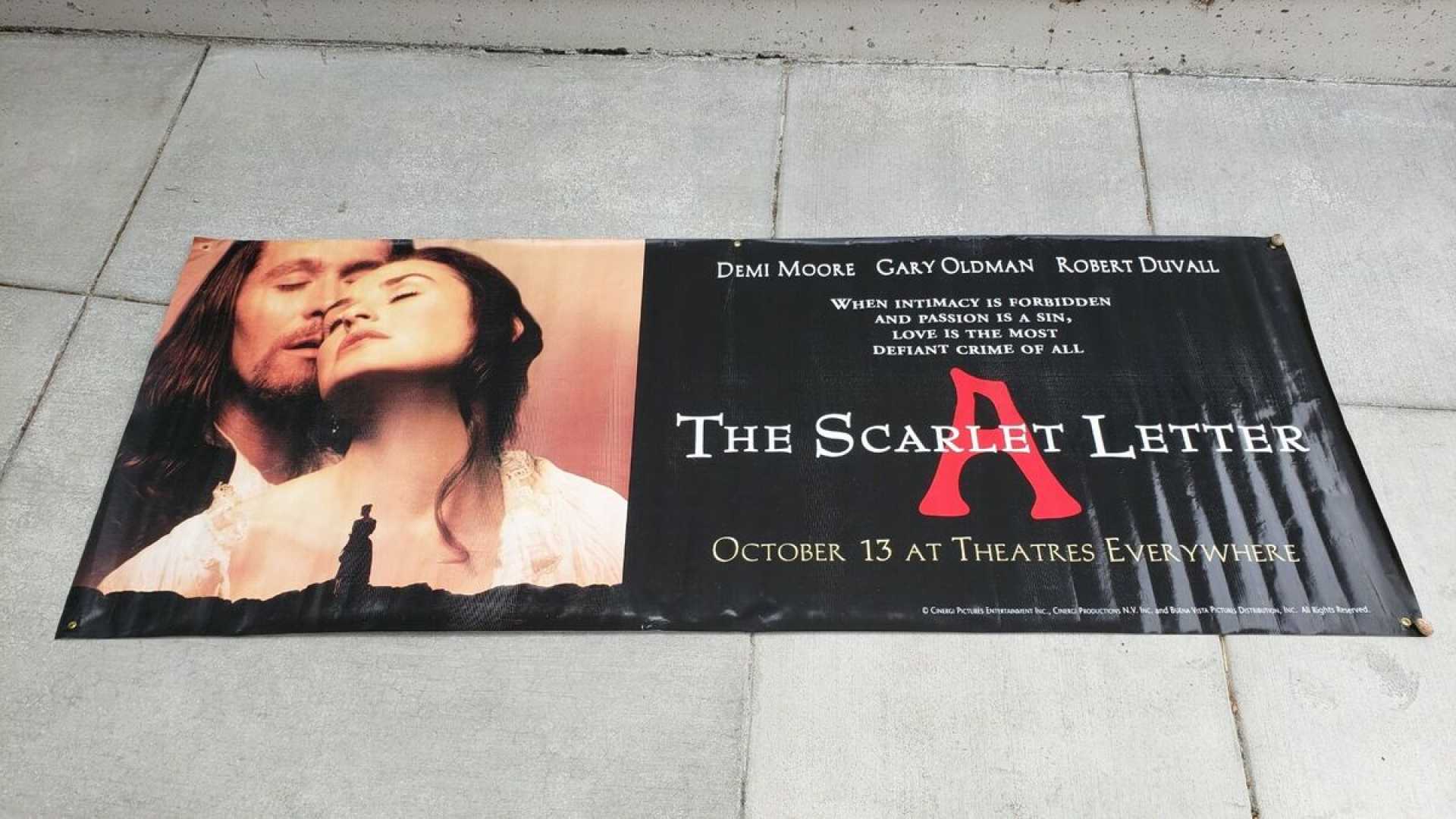Entertainment
The 1995 Movie Adaptation of ‘The Scarlet Letter’ Critically Panned

LOS ANGELES, Feb. 23, 2025 — The 1995 film adaptation of Nathaniel Hawthorne’s classic novel “The Scarlet Letter,” directed by Roland Joffé, has often been cited as one of the weakest adaptations in cinematic history. Upon its release, the film was met with an overwhelmingly negative reception from critics and audiences alike.
With a mere 13% rating on Rotten Tomatoes, the screenplay by Douglas Day Stewart received substantial criticism for failing to capture the essence of Hawthorne’s story. The novel, set in 17th century Puritan Massachusetts, details the struggles of Hester Prynne, an adulteress seeking to navigate her life amid societal scorn.
Critics lambasted the film for its attempt to transform the serious tale into what felt like a sultry romance, a decision that ultimately backfired. “The Scarlet Letter” was nominated for seven Golden Raspberry Awards, highlighting its position as a significant misstep in cinematic adaptations. While Gary Oldman and Julianne Moore are respected actors, their performances in this film lacked the chemistry necessary to create believable characters.
Despite Moore’s portrayal of Hester Prynne being highlighted as a redeeming quality, even she received a Razzie nomination, reflecting the film’s overall dismal reception. “Moore’s performance is really the best thing about this mess of a movie,” one critic noted, acknowledging her talent amid the film’s failure.
The film, which carried a substantial budget of $46 million, grossed only $10 million domestically, underscoring its status as a box office failure. The international gross remains elusive, but it is clear the film did not resonate with audiences or critics worldwide. Oldman’s performance as the conflicted minister Arthur Dimmesdale received some praise, yet it could not save the film from being labeled as one of the worst movies ever made.
Another criticism of Joffé’s adaptation is its deviation from Hawthorne’s narrative. The film culminates in a bizarre, fictional ending where Hester and Arthur evade Puritan punishment, a significant departure from the original story that leaves viewers perplexed.
For those seeking a more faithful adaptation of “The Scarlet Letter,” numerous versions exist, culminating in a variety of interpretations across decades. Notably, the 1995 adaptation serves as a cautionary tale rather than a cinematic triumph. Fans of the story may prefer modern takes, such as high school adaptations, which resonate more effectively with contemporary audiences.












